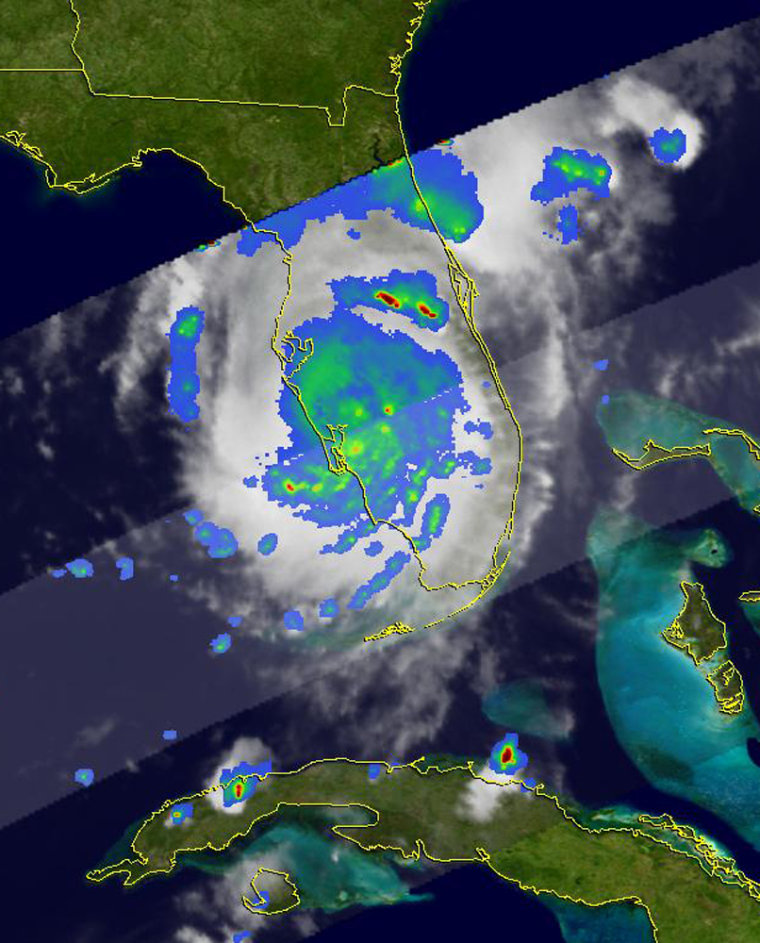Scientists are planning to take the pulse of the planet — and more — in an effort to improve weather forecasts, predict energy needs months in advance, anticipate disease outbreaks and even tell fishermen where the catch will be abundant.
Forty-nine countries have agreed to participate in a 10-year project to collect and share thousands of measurements of Earth, ranging from weather to streamflow to ground tremors to air pollution, Conrad C. Lautenbacher, head of the National Oceanic and Atmospheric Administration, said Tuesday.
“The Earth needs a full-body scan, and that is what we’re talking about,” Lautenbacher said at a briefing on the project.
Michael Leavitt, head of the Environmental Protection Agency, said the “benefits of this are limited only by our own imaginations.”
Being able to anticipate soil moisture conditions and rainfall in advance would help farmers to know what crops to plant and where, Lautenbacher said.
The new system could help managers pinpoint coastal areas affected by erosion, report changes in ocean currents that affect the movement of fish, provide real-time updates on the potential loss in earthquake zones, monitor pollution threats to local water resources and track the change from vegetation to developed land to study the impact of urban growth.
Much of the data to be shared is already collected, and the new effort will be to combine the collection systems so that the information can be easily shared among the participants and used to both understand current conditions and forecast the future.
“We have been able to make computers work together. The challenge of the 21st century is to get people to work together,” Leavitt said of the cooperative effort.
“It will not be the technology that limits it, it will be the sociology,” Leavitt added, noting that the problem will be overcoming bureaucracy, politics, turf.
With that overcome, Lautenbacher and Leavitt said, major benefits can result from the shared data. And while Leavitt said the federal budget for next year contains an additional $50 million for observing systems, much of the data is already being collected and just needs systems for more rapid distribution and sharing.
Some of the pollution in California arrives from Asia, Lautenbacher noted, and air pollution in the Northeast has been traced to forest fires in Washington state. Other scientists have traced dust and pollution in Florida and the Caribbean to the Sahara desert in Africa.
Among other benefits expected to result from the effort:
- Forecasting winter weather months in advance to allow planning for energy supplies. A 1 degree improvement in the winter forecast could save $1 billion in electricity costs.
- Monitor forest fires and issue timely warnings of air quality effects.
- Provide farmers with forecasts that help them know when and what to plant for the best crops.
- Avoid as much as $1.7 billion of the annual $4 billion the cost of weather-related aviation delays.
- Monitor conditions around the world to determine where the next outbreak of malaria or West Nile virus is likely.
